How
brands
can
visually
impact
culture
positively

Marketing and advertising play a huge role in shaping our society as we know it. Whether it’s TV, online or print, hundreds, if not thousands, of ads are in sight every single day, and the influence this has on our subconscious stretches far beyond our purchasing decisions. It shapes our entire world view.
From our values and beliefs to the way we see ourselves and others, advertising can change how we interact and the way we behave, it can influence our language, our priorities and what we aspire to.
Thankfully, brands have recognised their social responsibility and the very best have harnessed it to produce campaigns that create a lasting impact for the greater good. As the world attempts to find a new normal in the face of a global pandemic, this has never been more important.
Campaign, in partnership with Shutterstock, has pulled together some of the finest examples across six categories to see how and when the greatest impacts occur.
The big things
Storytelling sits at the root of all great advertising, but when you’re trying to tackle big topics in a short amount of time, that storytelling needs to be all the more poignant and powerful.
When Channel 4 became the official broadcaster of the London 2012 Paralympics, it had two big jobs on its hands. Firstly, to convince an audience that it had the capability of handling a large live sporting event, but most crucially, to convince the UK population that the Paralympic Games was something really worth watching.
The channel had committed to a 400% increase on airtime compared to the BBC’s previous effort in 2008, but only 14% of the British population claimed to be looking forward to the event. Something had to change.
“Meet the Superhumans” was Channel 4’s response – its biggest-ever ad campaign. Premiering simultaneously across 78 channels, it flooded the viewer with a series of powerful and inspiring images that got right to the heart of what being a Paralympian is all about. We saw their dedication and determination through training and competing, but also the hardships they’ve faced and adversity they’ve overcome.
It was 90 seconds that reshaped the Paralympic Games as we know it. An event that had previously been something of an afterthought now had the hype and excitement it deserved, and the viewing figures showed. After such low interest before the Games, 87% of adults who remember seeing the advert tuned in to watch, with 64% saying they felt “more positive” towards disabled people as a result of Channel 4’s coverage.
Another ad campaign that has made an impact tackling a big topic is “This Girl Can”, from Sport England. After discovering back in 2014 that almost two million fewer women regularly play sport compared to men, the charity wanted to tackle the stereotypes and the preconceptions often perpetuated by social media and encourage more women to get involved.
The initial advert in 2015 was the first campaign of its kind to feature women of all shapes, sizes and sporting abilities tackling exercise in various forms. It confronted women’s fears about exercise head on, showing them sweating, shimmying and out of breath – but also fulfilled, empowered and victorious.
The campaign targeted women where they were and featured heavily on social media, as well as in glossy magazines, cinemas and on primetime TV. It worked. In a survey of women aged 14-40, 70% said they felt motivated by the advert, and Sport England reported 2.8 million women were more active as a result of seeing the campaign.
Speaking to The Observer about the refreshed 2020 campaign, the chief executive of Sports England Tim Hollingworth, said: “This Girl Can” won awards for the trailblazing way it portrayed women in 2015, with true-to-life imagery which had rarely, if ever, been used as part of marketing campaigns for sport and physical activity.
“In 2020 many of the same fears still exist even though, thanks in large part to the impact of “This Girl Can”, more brands feature more relatable imagery than ever before and there is a far greater awareness in the sector of how to help and support women to get and stay active.”
He added: “A lot has changed in the public narrative around the gender gap and equality in sport. “This Girl Can” in 2020 will reflect that and be a bold, supportive voice, standing right alongside women, provoking debate and shining a spotlight on the issues that need to be seen and talked about.”
Indeed, that is what has made both this and “Meet the Superhumans” so successful. By challenging stereotypes, tackling traditional advertising norms and putting real people where we’d usually see images of airbrushed perfection, they addressed preconceptions, and in some cases, prejudices head-on and in doing so, made big social change. They are proof that tackling big topics is not only possible with the right treatment, but also hugely effective in the results.
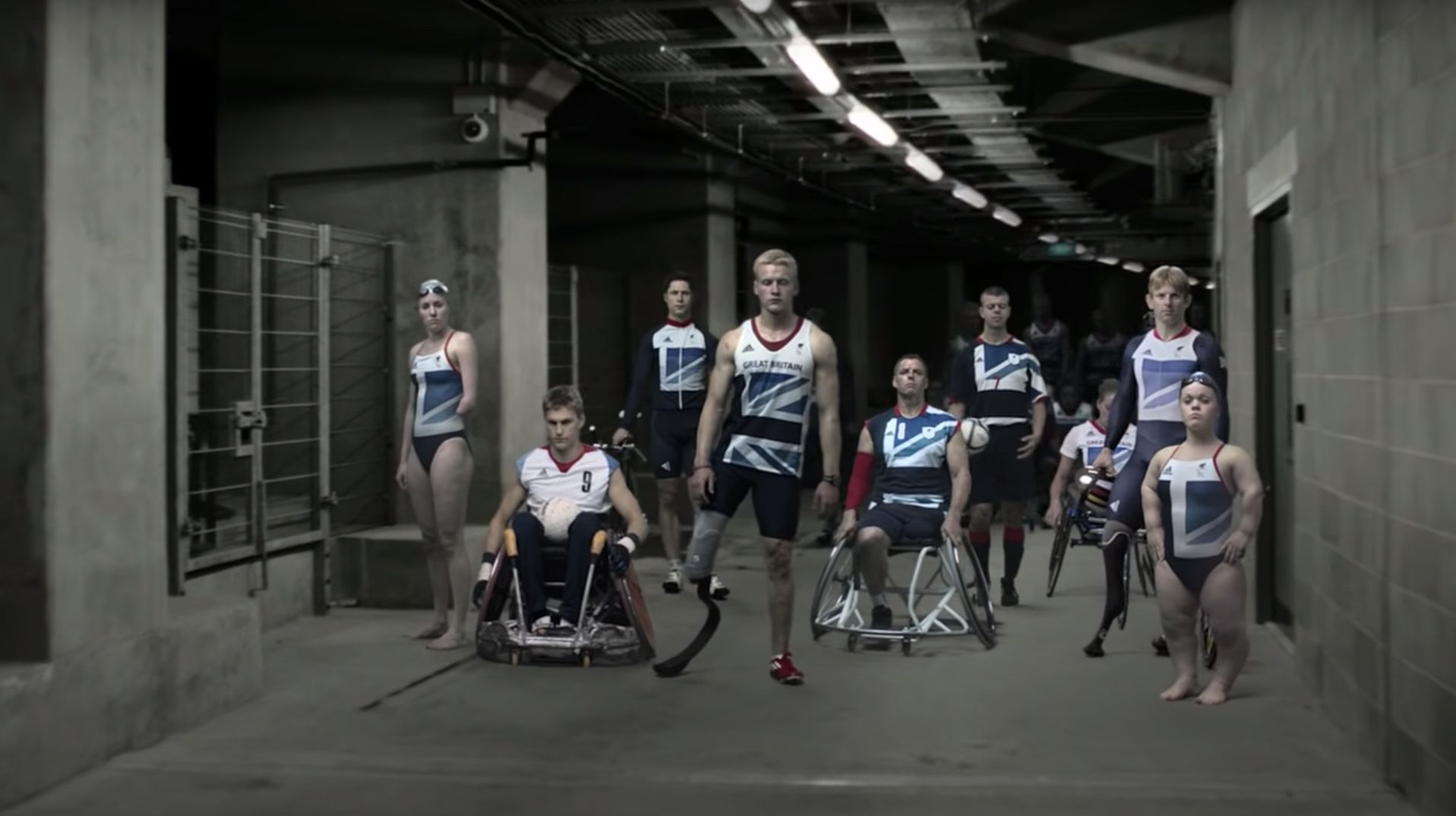
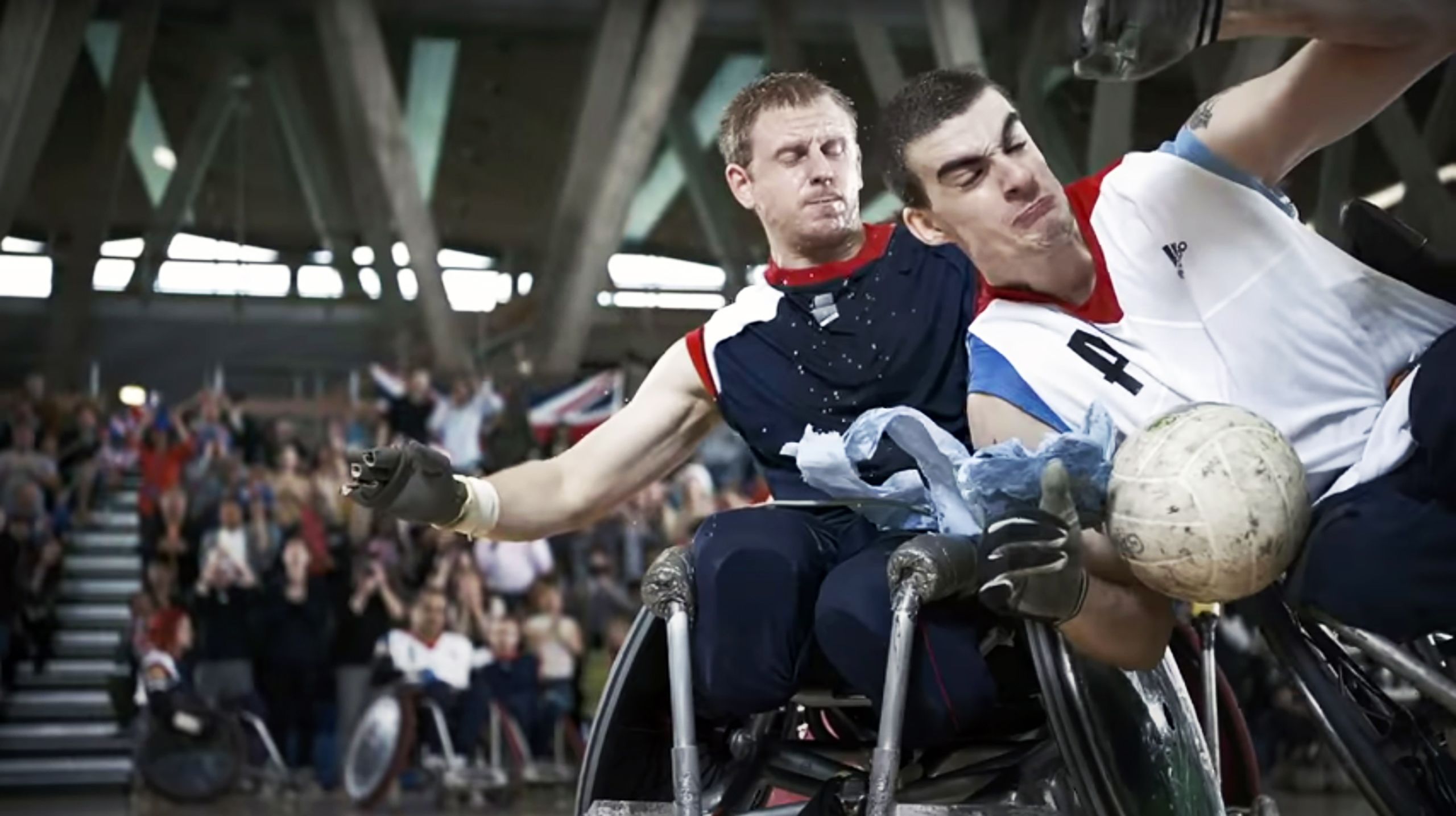
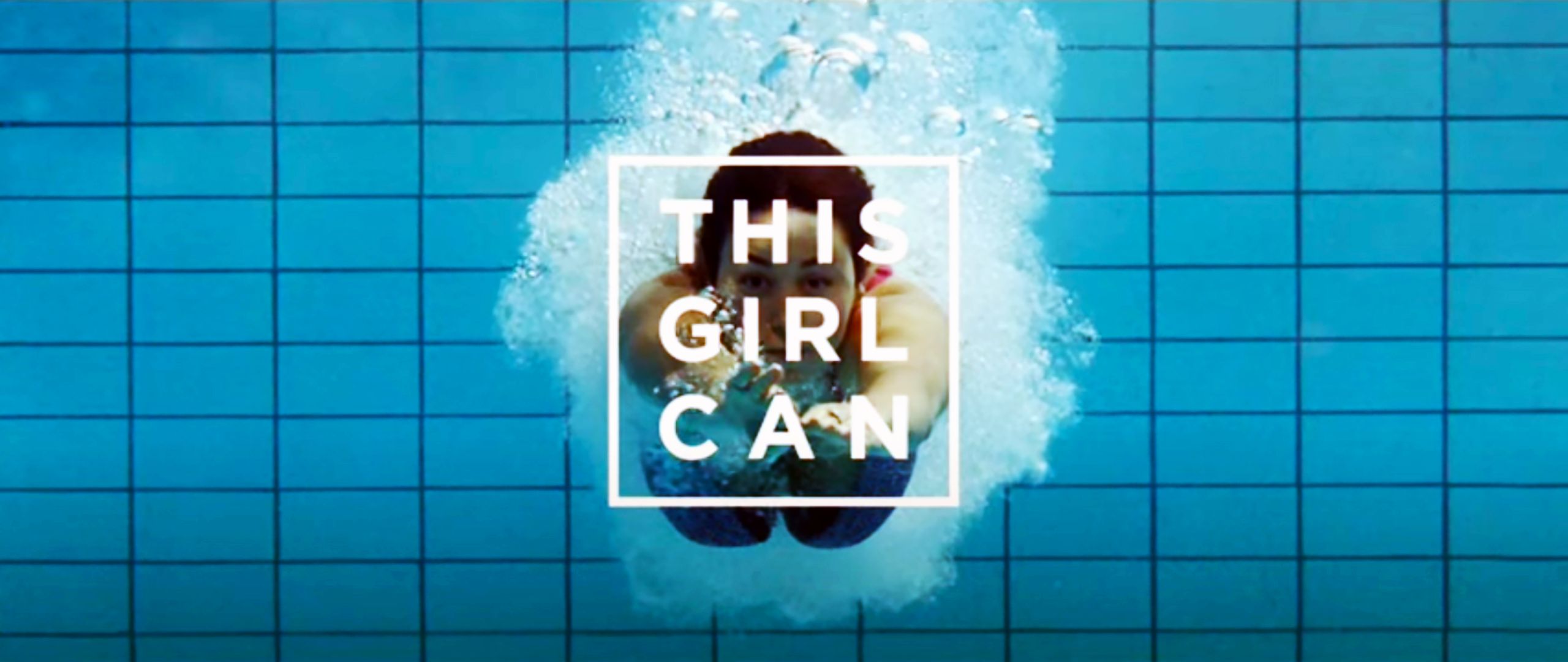


The small things
As much as big topics can benefit from big treatments, sometimes it’s the smaller things that have the greatest impact, from careful uses of language to clever narrative details.
An early example of this was Volkswagen’s “Think Small” advert from 1959. As a German brand trying to enter the post-war American car market, the small, slow VW Beetle didn’t fit in with the fast muscle cars that were so on trend. So it did what no brand really had before – it spoke openly about its downfalls and made fun of its size, by designing a full page ad for content that could’ve fit on a half.
It showed a degree of truth and humour in advertising that hadn’t really been seen before, and helped to change not only the way adverts were perceived, but also how they were made.
Another brand that has tackled hard truths head on is Gillette, when last year, it made a small but meaningful tweak to its 30-year-old slogan. In the wake of the #MeToo movement, the company changed its tagline from “The Best A Man Can Get” to “The Best Men Can Be”.
It was backed by a nearly two-minute-long ad called “We Believe”, which put traditional stereotypes of masculinity on notice and promoted a modern version in its place. It addressed men directly, calling on them to be the change they want to see in the world, and help shape the men of tomorrow in the process.
The ad concludes with the statement “It’s only by challenging ourselves to do more, that we can get closer to our best”.
It was a powerful message and a bold move, so much so that the video had over four million views within the first 48 hours, and opened up huge lines of conversation online.
Speaking about the campaign, Olivia Hughes, Shave Care Communications Manager for P&G UK, told us: “With #TheBestMenCanBe campaign, we asked men to “come off the side-lines” and take actions reflective of the great men they are, and the kind of example they want to set for the next generation. As a brand, “We Believe” was our way of doing the same.
“It was, and is, part of a wider commitment from Gillette to spark and contribute to positive change through our voice as an advertiser and our actions as a brand and a company.
“Conversations on social issues can be difficult for all sides but we believe they are important and that, by helping to spark the discussion, we can help play a part in creating meaningful and positive change.”
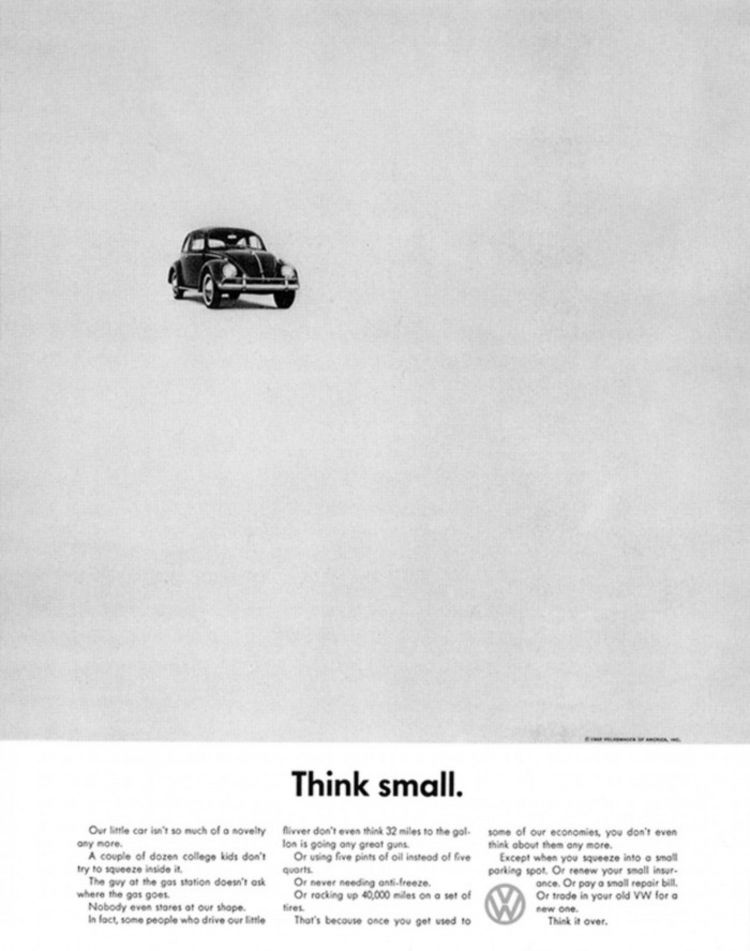

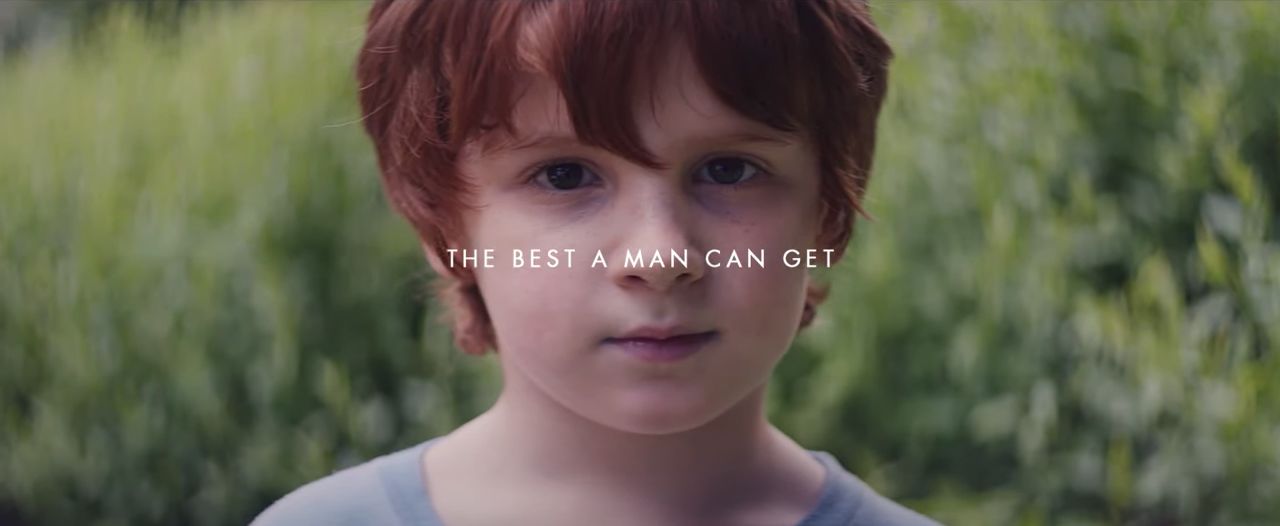
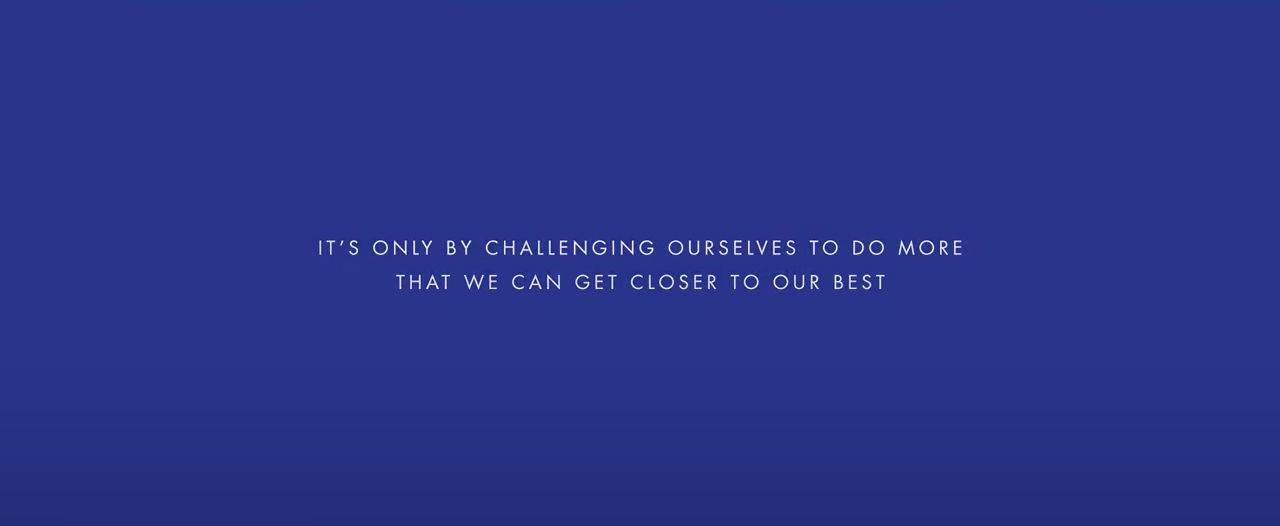
The arts
The relationship between advertising and art has always been a close, if controversial, one. But with both artists and advertisers in the business of taking their view of the world and translating it into art form, it’s understandable that the lines between them have often overlapped.
From Warhol’s painted soup cans to Wes Anderson’s back catalogue of branded ad campaigns, brands have long given artists not only inspiration but also a different creative space to explore.
While we’ve grown more accustomed to extravagant, cinematic ad campaigns in recent years, BMW’s “The Hire” from 2001-2002 was something of a trailblazer in its field. It was a web-based short series that existed before YouTube, and before Facebook. It was a viral video before viral video was a thing.
Over eight videos, it offered up a dramatic storyline, and a who’s who of A-list directors, including Guy Ritchie, Ang Lee, John Woo and Wong Kar Wai, not to mention big-name actors such as Gary Oldman, Ray Liotta and Don Cheadle, alongside a relatively unknown Clive Owen.
It was like nothing anyone had seen before. It premiered at the Cannes Film Festival in May 2001, was reviewed by the New York Times and by the end of its two-year run, achieved over 100 million views, without so much as a social media share button.
BMW had created branded content that actually resonated with people. While it had no big message, it had heart, true artistic direction and above all, incredible foresight of what advertising might look like in the future. It inspired the Cannes International Advertising Festival to create the Titanium Lion Award in 2003 to celebrate “game-changing creativity,” and while the multi-million budget for the series had to come to an end at some point, the connection BMW made with the public during its run was invaluable.
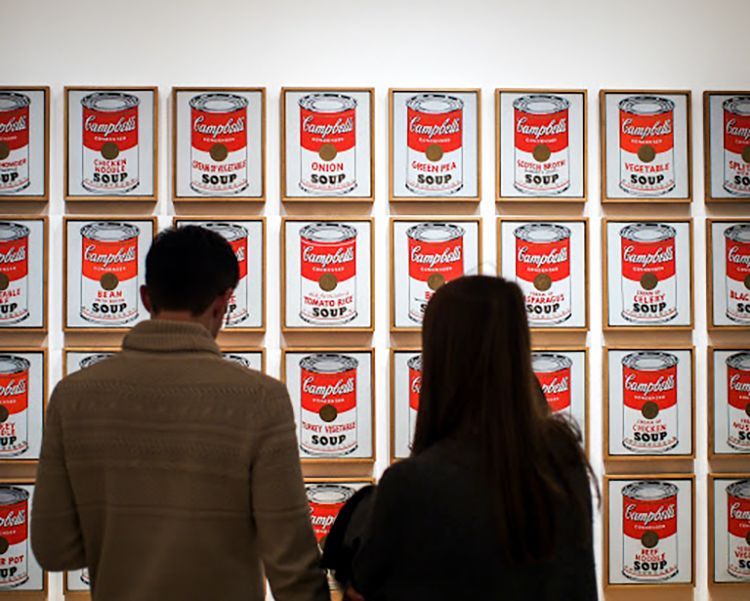
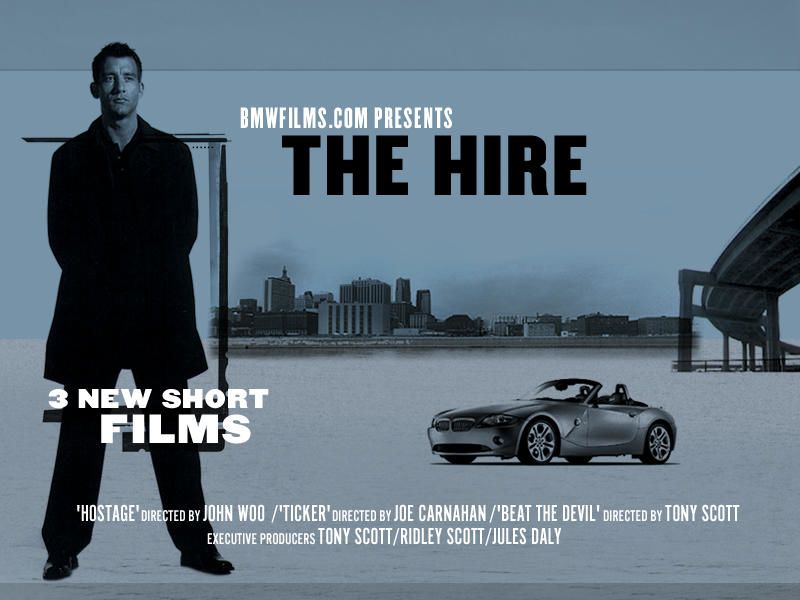
Trailblazing in a very different way more recently has been Burger King, with an advert that takes art to the more uncomfortable end of the spectrum in order to make an impact. Its ad, The Moldy Whopper, shows Burger King’s signature burger being freshly put together, then a time-lapse video allows the viewer to watch as it wilts and goes mouldy over 34 days. At the end of the ad, there’s a simple statement – “The beauty of no artificial preservatives”.
Made to promote its pledge to remove all artificial colours, flavours and preservatives from its US burgers by the end of this year, the brave ad may well have divided opinion, but it certainly got people talking. By presenting something so unappetising in such an artistic way, the imagery arguably hits home all the more powerfully.
Certainly Burger King CMO Fernando Machado thinks so. He told Forbes in an interview: “It’s a beauty shot. It’s a beauty shot of a molded product. And that dichotomy is what makes the idea work. If the image didn’t look so beautiful, I don’t think it would work so strongly.”
The results would back that up. According to Machado, the ad received an estimated 8.4 billion organic media impressions and beat all of its social media engagement rate benchmarks. A YouGov survey also found that consumer “consideration to visitation” rates had improved for Burger King by almost a quarter, proving that pushing people outside of their comfort zone can be a very powerful exercise indeed.
Equally bold in its execution but for very different reasons, the Fearless Girl statue in New York created quite the buzz when it was unveiled in time for International Women’s Day in 2017.
The four-foot bronze statue of a young girl in a bold stance was positioned to stand opposite the famous Charging Bull on Wall Street, as if facing it down. It was commissioned by asset management business State Street Global Advisors to advertise the first anniversary of its gender diversity index fund, and to advocate for more women in leadership positions.
Similarly to Burger King, it was a strong message with a simple, but powerful execution. Despite its commercial backing, it was received and appreciated as art first and foremost, and its impact was huge.
What was supposed to be a single week’s installation ended up becoming permanent, with over 20 months standing in its original location before it was moved to the New York Stock Exchange, where it stands today.
When advocating for it to remain, New York Public Advocate Letitia James wrote a letter that said, “Fearless Girl stands as a powerful beacon, showing women – young and old – that no dream is too big and no ceiling is too high”.
Of course, it doesn’t always have to be brands using art as a vehicle to get their message out there; sometimes the artistic community can look to brands to help their material create more of a positive impact too.
For example, Queen and Adam Lambert recently re-released the classic Queen anthem “We Are The Champions'', in dedication to frontline workers in the COVID-19 pandemic and to raise money for the World Health Organisation’s COVID-19 Solidarity Fund.
Subtly renamed “You Are The Champions”, the song’s video used powerful Shutterstock videography to show the hard work being done by essential workers worldwide. Perhaps most impactful though, it also showed some of the more positive and uplifting videos from the pandemic, such as healthcare workers dancing, people leaving hospital well and the rounds of applause we heard and joined in with around the world.
Powerful images indeed, and they appear to have resonated with their audience. At the time of writing, donations on the video’s YouTube page had reached almost $5.5 million.
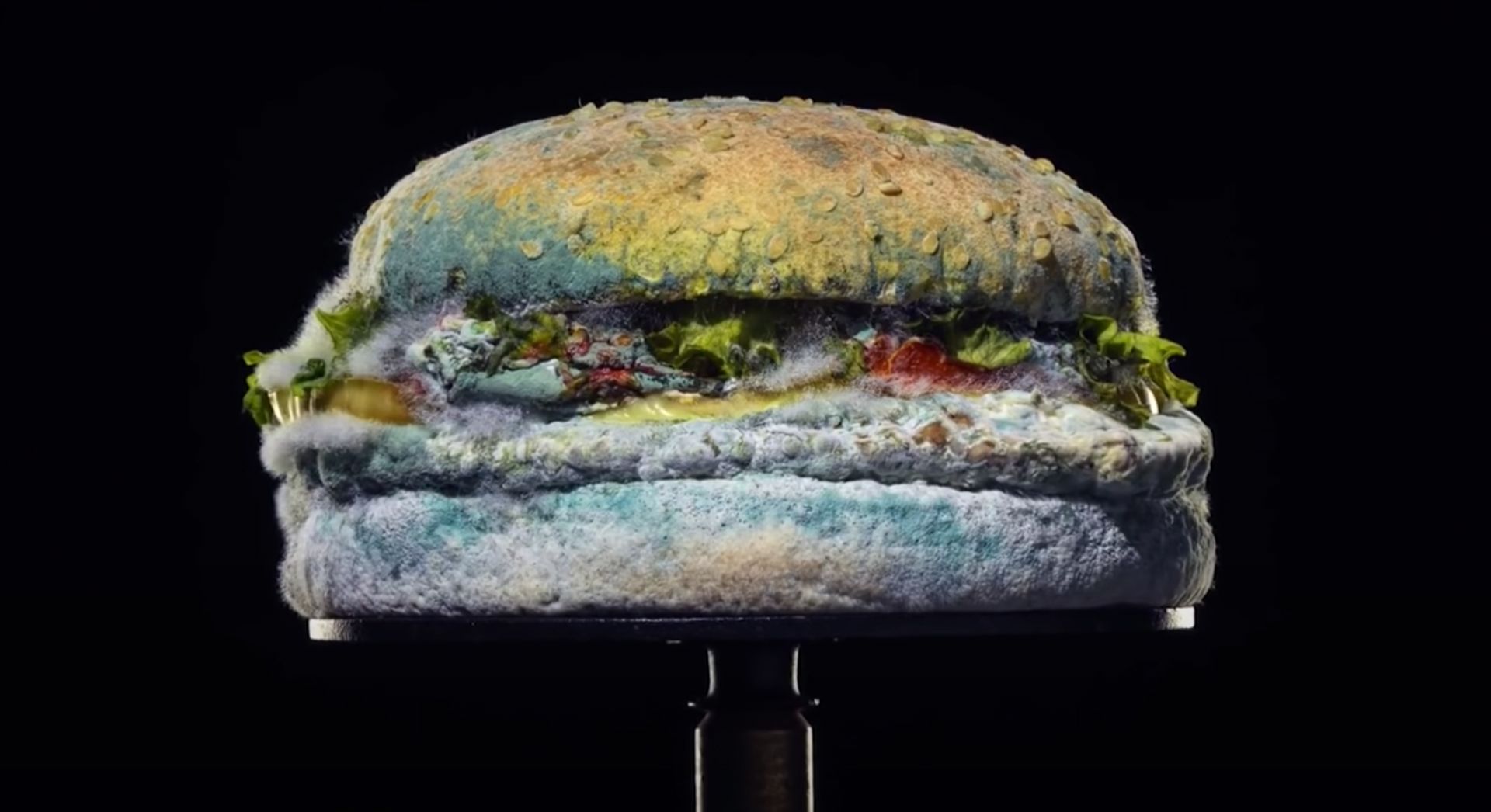
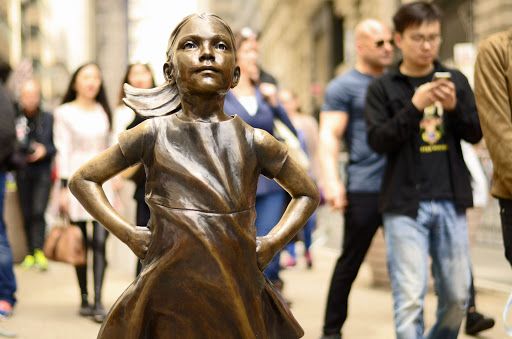
The science
Science and technology have had a huge impact on our culture, and have become so ingrained in it that it’s sometimes hard to remember a time before it.
While the devices and services themselves have caused huge societal change, from the way we work to the way we live our social lives, some of the things they have made possible would have been unimaginable a few years ago.
For example, as part of its ongoing Shot on Apple campaign, Apple used the iPhone 11 Pro to capture over five hours of 4K footage, in one take, of Russia’s iconic Heritage museum. Not only did this show off the capabilities of the product, and bring a unique experience to hundreds of thousands in the process, it once again demonstrated that many people already have a device for creating top-quality content in their hands.
Augmented reality has also seen brands stretch their legs into technology, creating a try-before-you-buy experience. Dulux’s Visualizer app allows you to see the paint you’ve been eyeing up for your walls, without the fuss of a hundred tester pots, while the Ikea Place app allows you to try true-to-scale furniture in your room without a flatpack in sight. While these innovations make consumer lives easier, AR is arguably at its most powerful when placing a consumer at the centre of an experience.
In 2013, Coca Cola partnered with the WWF for its Arctic Home campaign. Created to raise awareness of the effect of global warming on arctic wildlife, one part of the campaign included an AR experience at The Science Museum in London. Visitors were able to “interact” with a family of polar bears, who were rolling around and playing in the snow. However, as they do, the scene gradually changes. The snow begins to melt, the ice cracks and the polar bear family are separated, before they are forced into the water in search of land. By surrounding the consumer with such powerful 3D imagery and making them active participants in it, a once distant problem hits home with much more impact, bringing the issue to life and creating an emotional connection with those experiencing it.
The politics
For a long time, taking a political stance was considered a big no-no for brands, in fear of alienating a large section of their audience. But that is beginning to change. People are now looking to brands to stand for something more than just their products. They want brands with personality, that aren’t afraid to speak out and have a greater social role than before. In 2020, brands can’t afford to be neutral.
Even so, with such a polarising few years in world politics, it’s been a leap of faith for some brands to put themselves out there with campaigns that will always divide on some level. While some have fallen flat (such as Wetherspoons’ pro-Brexit message on half a million beer mats – who wants politics served up with their beer?), others have proved hugely impactful.
Sports brand Nike is no stranger to getting behind causes that matter. It has previously backed women’s rights in athletics, long before other companies were talking about it, and featured Ric Munoz, an HIV positive runner, in one of its 1995 campaigns.
However, neither of these was as divisive as their hiring of Colin Kaepernick, the exiled NFL player who had taken a stand to racial injustice in America by taking a knee during the American national anthem, and quickly found himself without a team. The strapline that appeared over a shot of Kaepernick’s eyes was “Believe in something. Even if it means sacrificing everything.”
The full ad was released in time for the beginning of the 2018/2019 NFL season and lit up cultural discourse more than any ad in recent history. It got people talking about the issues it raised, and while it received its fair share of criticism from those opposing Kaepernick’s actions, it pushed the conversation forward and arguably became a pivotal point in advertising.
Speaking to Fast Company after its launch, Nike founder Phil Knight said: “It doesn’t matter how many people hate your brand as long as enough people love it. And as long as you have that attitude, you can’t be afraid of offending people. You can’t try and go down the middle of the road. You have to take a stand on something, which is ultimately I think why the Kaepernick ad worked.”
A brand taking a stand is certainly a powerful thing, but a campaign doesn’t always need to have a global impact to succeed. In fact, it doesn’t even need the support of traditional mainstream media. If the message is strong, it will resonate however it is received.
British supermarket Iceland certainly found that to be the case when it took an unusual stance on its Christmas advert in 2018. It used a rebadged Greenpeace animation, voiced by Emma Thompson, to raise awareness of the loss of rainforest habitat at the hands of palm oil plantation owners, and to highlight its pledge to use no palm oil in its own-brand produce.
The ad was banned on political grounds by Clearcast, the body responsible for vetting ads before broadcast, based on its original links with Greenpeace. It meant it never made it to TV, but its message was still received loud and clear thanks to social media, where the response was huge.
The ad was viewed more than 65 million times in a month, with almost 700,000 shares on Facebook and 85,000 retweets on Twitter. Data also suggested there had been at least 100,000 original posts on the micro-blogging platform too, showing just how much the topic had captured the public’s imagination.
In fact, researchers for Kantar Millward Brown’s annual study into the effectiveness of Christmas ads ranked Iceland’s top, ahead of other popular retailers whose ads had been broadcast.
Iceland also saw a consideration lift among consumers, placing it ahead of the traditional leader Waitrose in the week following the ad launch, and proving that brands getting political is far from the faux pas it once was. Done right, it’s even recommended.
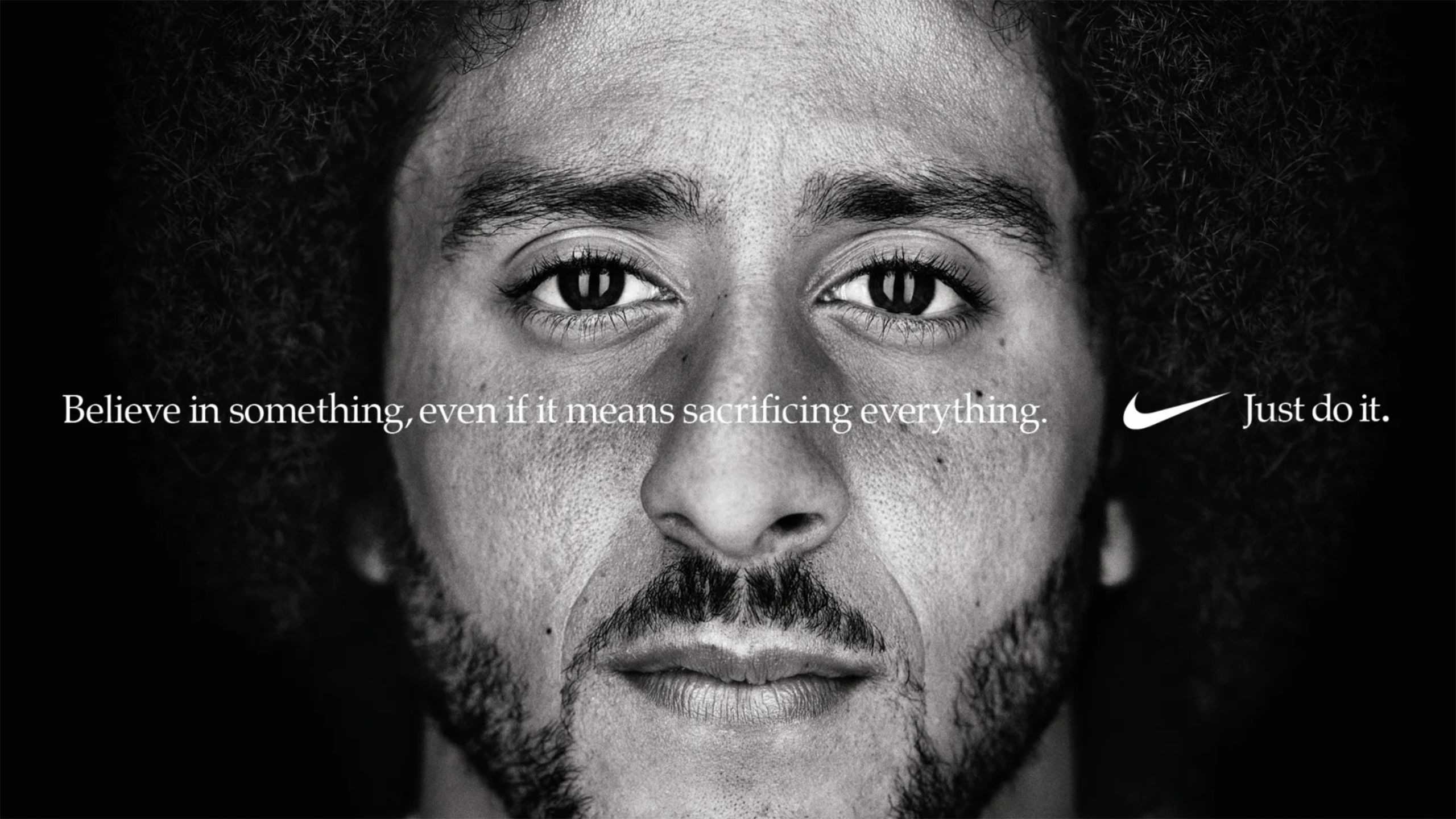
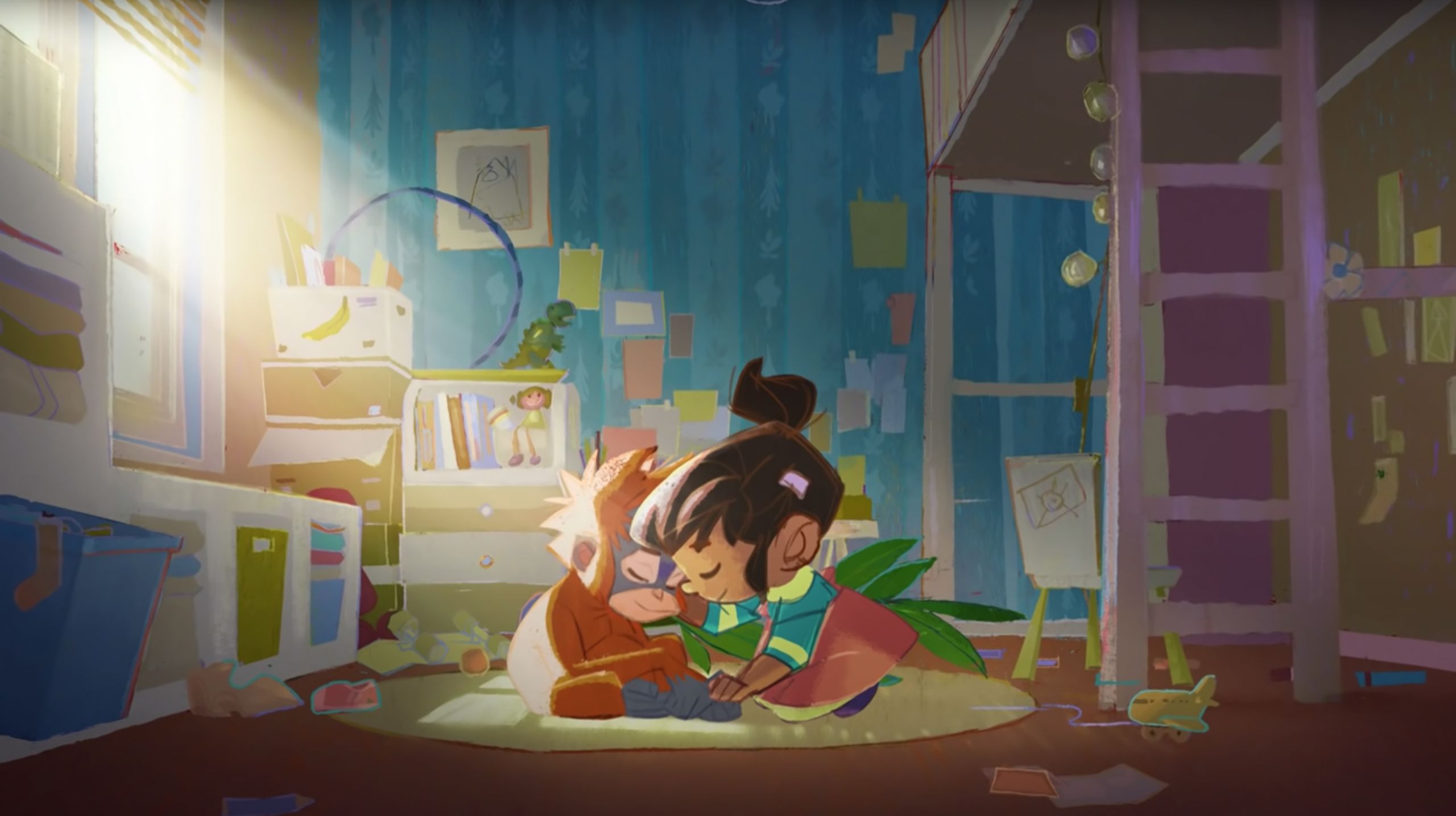
The people
Few things have the power to affect us as much as human experience. Brands know that, and we are seeing more and more using their platform as advertisers in an authentic way to put a spotlight on marginalised communities and to raise up the under-represented.
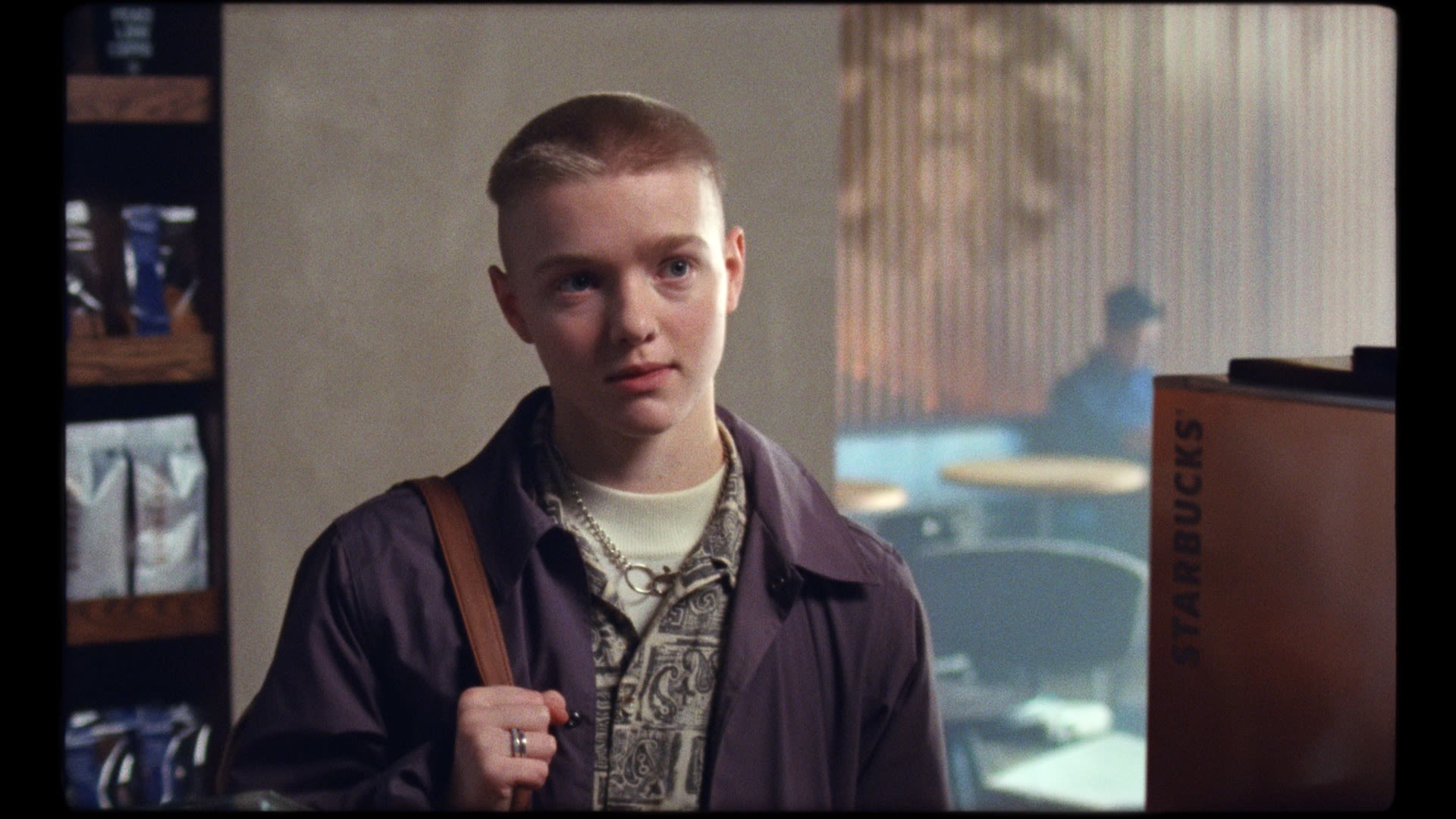
Whether that’s in a direct way, like Starbucks’ #whatsyourname campaign, which highlights the struggles transgender people face by still being called by their birth name, or indirectly, like Cheerios featuring a mixed race couple and their daughter in a 2013 ad.
Despite a mixed race president being in office at the time the latter ad aired, the racial backlash it received was substantial, and only highlighted further the need to get more diversity into advertising. So people could not only see themselves in adverts but that they could also be seen.
Shutterstock has done its part to help with this, through a Cannes Bronze Lion-winning campaign for Offset, its royalty-free high-end imagery site. The 2019 campaign, called “New Stereotypes Available”, showcases a collection of stock imagery that aims to more accurately reflect the modern world around us. That means a focus on tackling old-fashioned stereotypes and offering a selection of images that look beyond the borders of our established biases to truly be inclusive.
Every image in the Offset by Shutterstock collection is hand selected by a panel of curators to ensure a better representation of a modern society. That means you’ll find pictures of female leaders when you search for “boss”, same-sex couples when you search for “kiss” and plus-size models when you search for “beauty” – each one challenging the default mental image that has been ingrained in us through traditional images in the media.
Speaking about the campaign, its creative leader Diego Tuya said: “We are at a pivotal point in society where we have the opportunity to use images that reflect a world we want to be part of. Images where diversity is key, where subcultures are celebrated, and where expected gender and societal roles are smashed.
“Our target audience was the same creative professionals who use our images and videos every day. Stereotypes start with their work, and it’s in their power to improve it in order to improve the world. We believe creativity is a key tool in making the world a better place, so giving the creative professionals better tools themselves was our main objective.”
Thankfully, Shutterstock isn’t alone in its mission to tackle stereotypes head-on. P&G has also stepped forward to spark meaningful conversations around the topic, quite literally, with its 2017 ad “The Talk”.
The two-minute video shows black mothers speaking to their children about the bias, discrimination and outright danger that they might face in society because of the colour of their skin.
At the end, the video implores us all to talk about “The Talk”, ‘so we can stop having it’, and is supported by the hashtag #TalkAboutBias.
The frankness of the ad made plenty uncomfortable, but its impact was undoubtable and it was rewarded with both an Emmy for Outstanding Commercial and an award for Grand Prix in Film at Cannes Lions.
It was followed two years later by “The Look”, which looked at the various incidents of unconscious bias that occurred in a single day for an African American father, to continue and open up the conversation further.
It was accompanied by a digital experience to provide some historical context on the incidents highlighted and to further educate viewers on what they were seeing in the film.
Speaking in a statement at the time, P&G chief brand officer Marc Pritchard said: “When we partner with creative people who believe in the importance of equality and inclusion, we can create stories as we’ve never experienced before – because creativity loves diversity. And when we embrace creativity through humanity, we can literally change the world by using our voices not only as a force for growth but as a force for good.”
“Our goal with this film is to urge people to have an honest conversation and not pretend that unconscious bias doesn’t exist,” he added. “The film ends with the line ‘Let’s talk about the look so we can see beyond it.’ This is really a call to action for dialogue.”
The power and influence of marketing and advertising so often get a bad rap, but as these six essential insights show, the positive impacts of the imagery they produce can be seen in every corner of our society.
From science to politics and art, some of the biggest pillars in our culture have encouraged brands to be bold; to look closely at themselves and their audience, take a stand on issues that matter and to explore new and effective ways of getting their message across to us.
What’s perhaps most interesting, though, is how these seemingly different areas can become so closely connected and can have an impact on one another in return.
Whether that’s how science and art intertwine, or how politics and people so often go hand in hand, the impact these campaigns can have on society has the ability to stretch beyond the intended audience, with the power to ingrain its impact as a positive influence in our culture forever.
